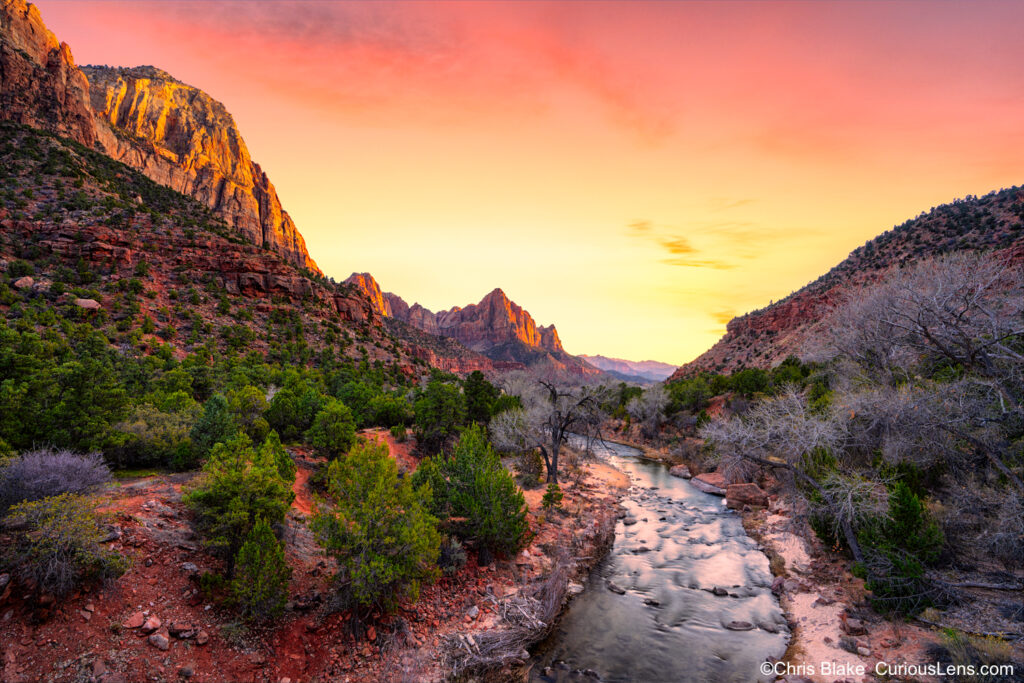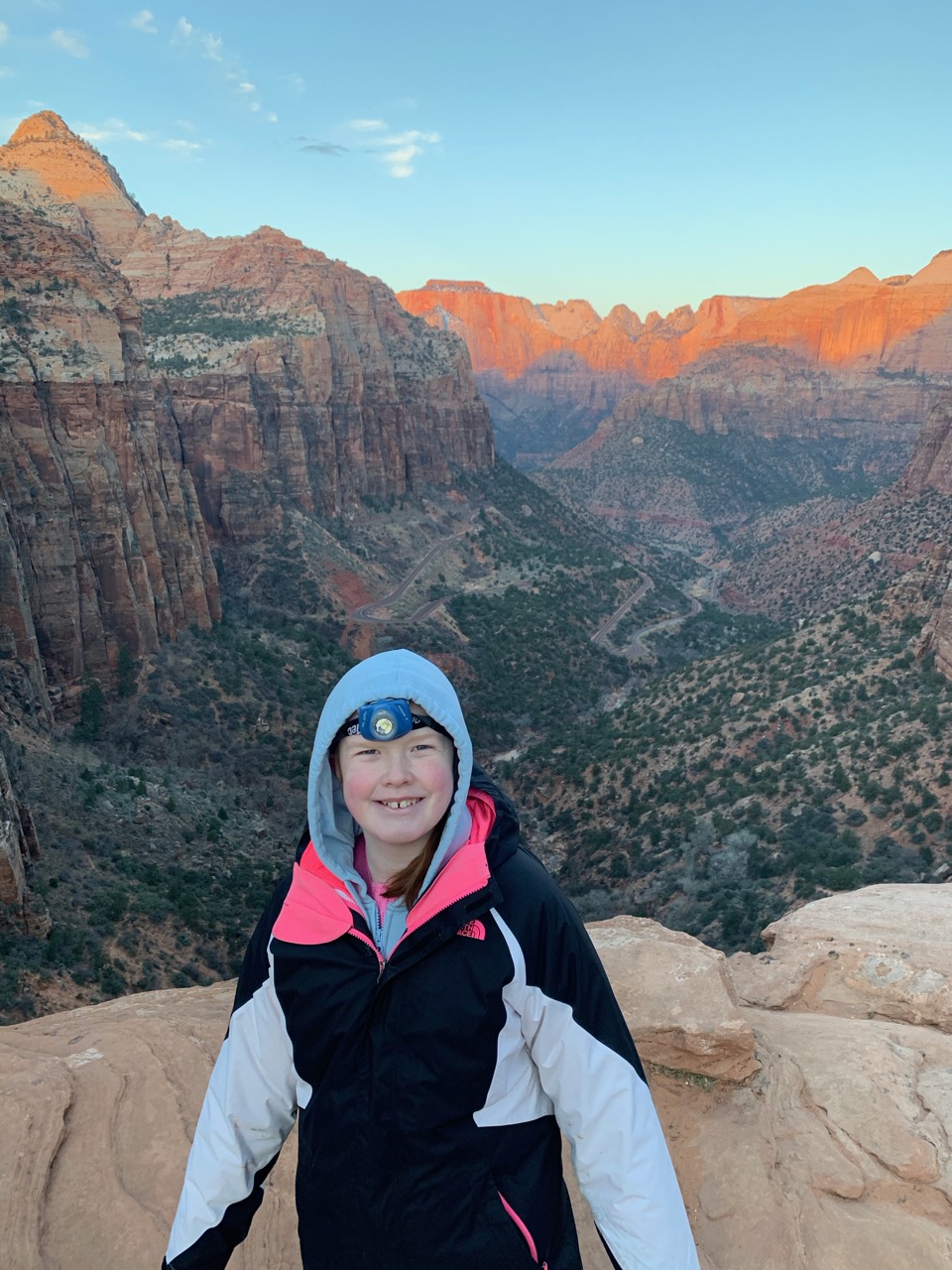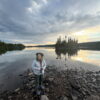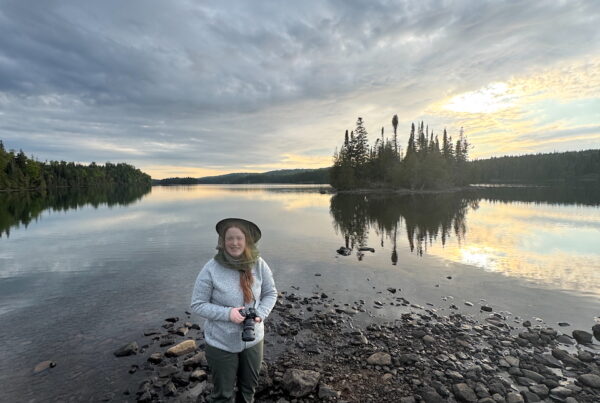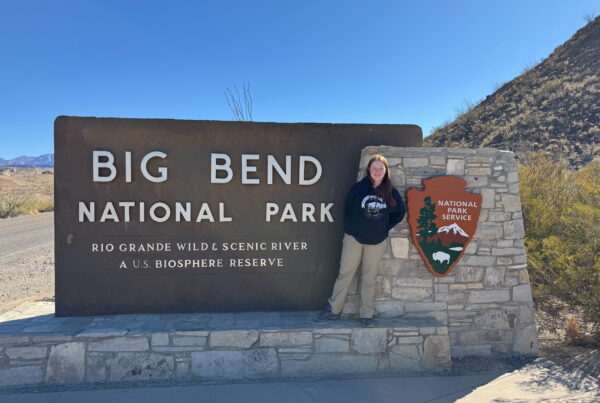In the winter of 2019, we ventured to Zion National Park, Utah’s very first National Park. This visit was particularly special for me as Zion had long topped my list of must-visit destinations. Traveling in the off-season was a strategic choice, allowing us to enjoy this renowned location without the summer crowds and the constraints of mandatory shuttle buses.
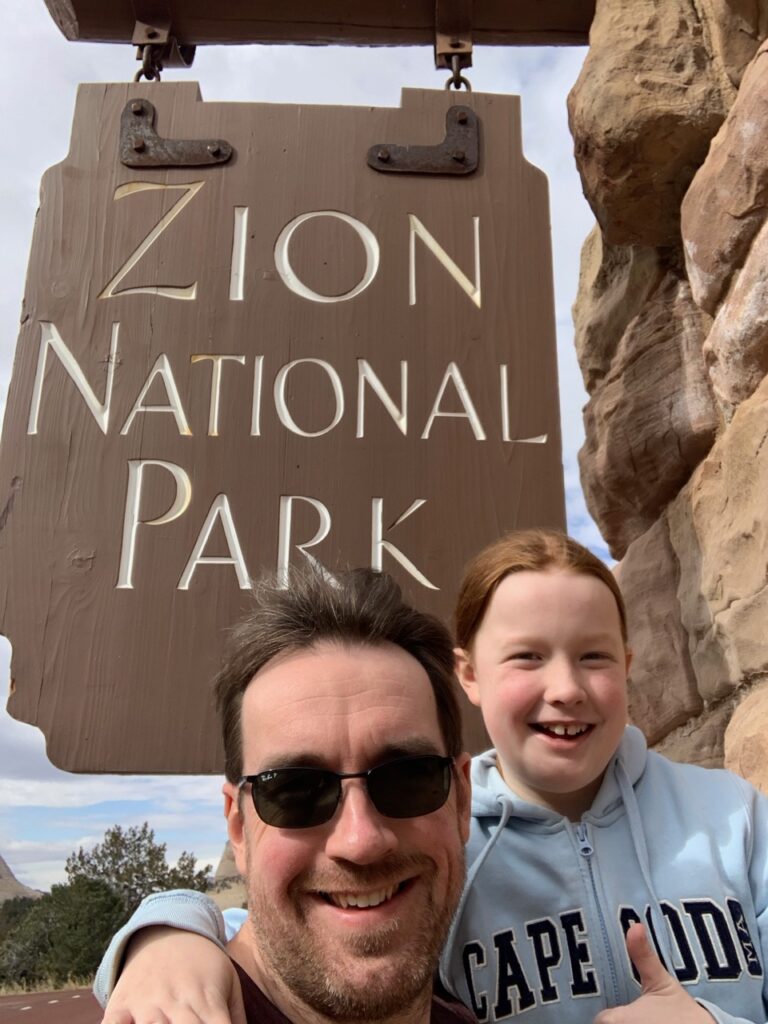
Zion is situated in southwestern Utah, at the convergence of the Colorado Plateau, the Great Basin, and the Mojave Desert, creating a truly unique and magnificent setting. The park’s most popular section is Zion Canyon, where a short 6-mile road along the Virgin River leads to the Temple of Sinawava and the Narrows. From April to October, this road is closed to private vehicles, necessitating the use of a free shuttle service—another reason we opted for a winter visit.
The canyon boasts remarkable geographic features including Angels Landing, The Great White Throne, the Court of the Patriarchs, The West Temple, Towers of the Virgin, the Altar of Sacrifice, the Watchman, Weeping Rock, and the Emerald Pools. Over 250 million years, the region has sculpted itself into the breathtaking landscape seen today, featuring red rock cliffs that tower over 2,000 feet above the canyon floor. This area, where three major ecosystems meet, hosts a rich diversity of plant and wildlife across four ‘life zones’: desert, riparian, woodland, and coniferous forest.

Established as a national park in November of 1919, Zion was once a remote area rarely visited and accessible only via newly adapted automobile roads. As you leave the canyon, Route 9 (Mount Carmel Highway) takes you up the mountains to an ecosystem markedly different from the valley’s famous landmarks, yet equally enchanting.
Lodging within the park is limited to Zion Lodge and several campgrounds. Like most visitors, we stayed in Springdale, a quaint town just outside the park’s entrance. It offers convenient shuttle access into the canyon, along with a variety of restaurants, hotels, and outfitters for adventure gear. We found excellent accommodation at the Best Western Plus Zion Canyon Inn and Suites, which offers comfortable rooms with decks or patios close to the park.
The town of Springdale blends seamlessly into Zion National Park along Route 9, leading directly to the main visitor center and the Zion Human History Museum. The road follows the Virgin River into the canyon, where it forks towards the park’s east end, known for its dramatic switchbacks and the historic Zion-Mount Carmel Tunnel—once the longest tunnel in the U.S. when completed in 1930 by the CCC, providing a direct route to Bryce Canyon and the Grand Canyon.
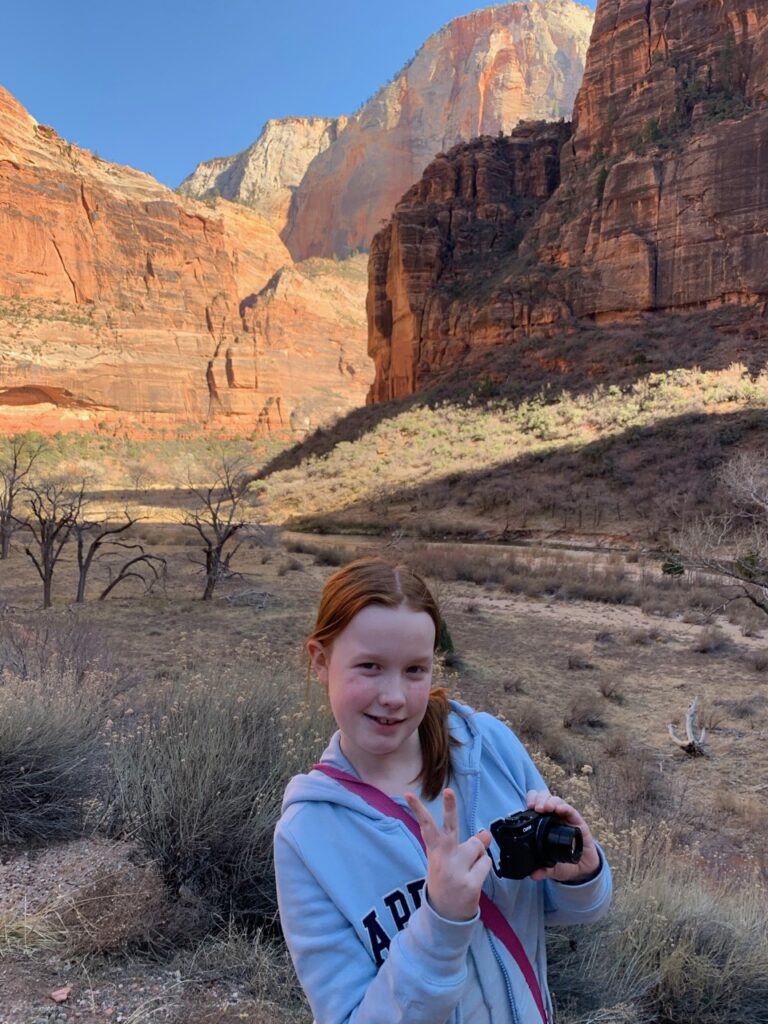
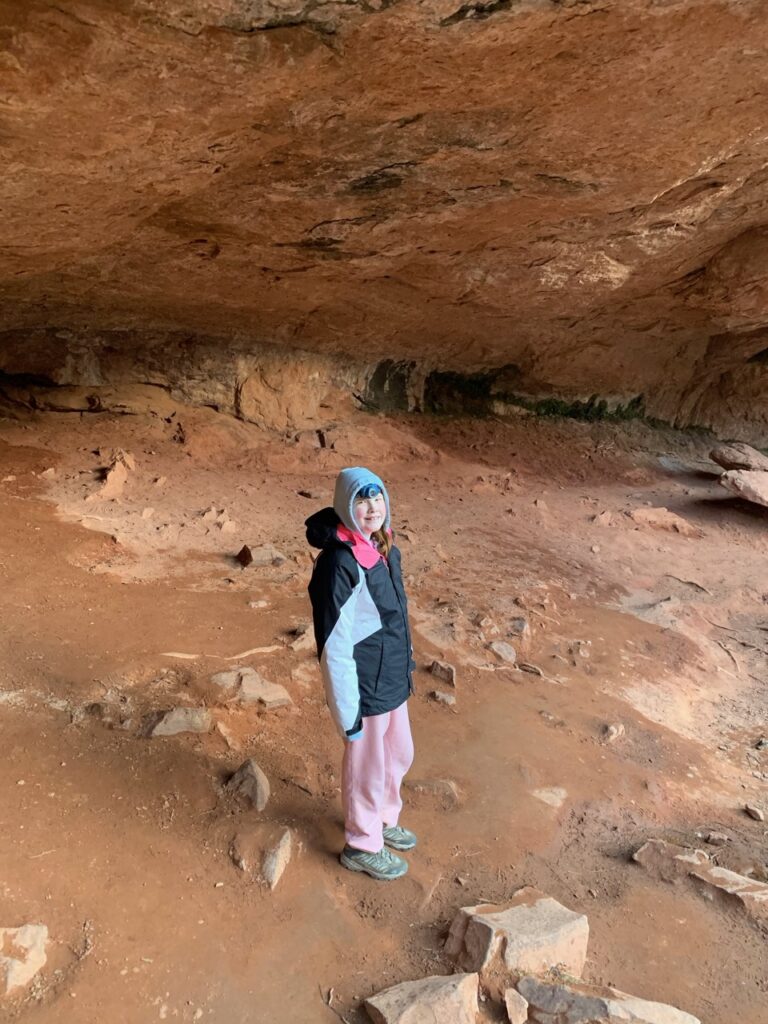
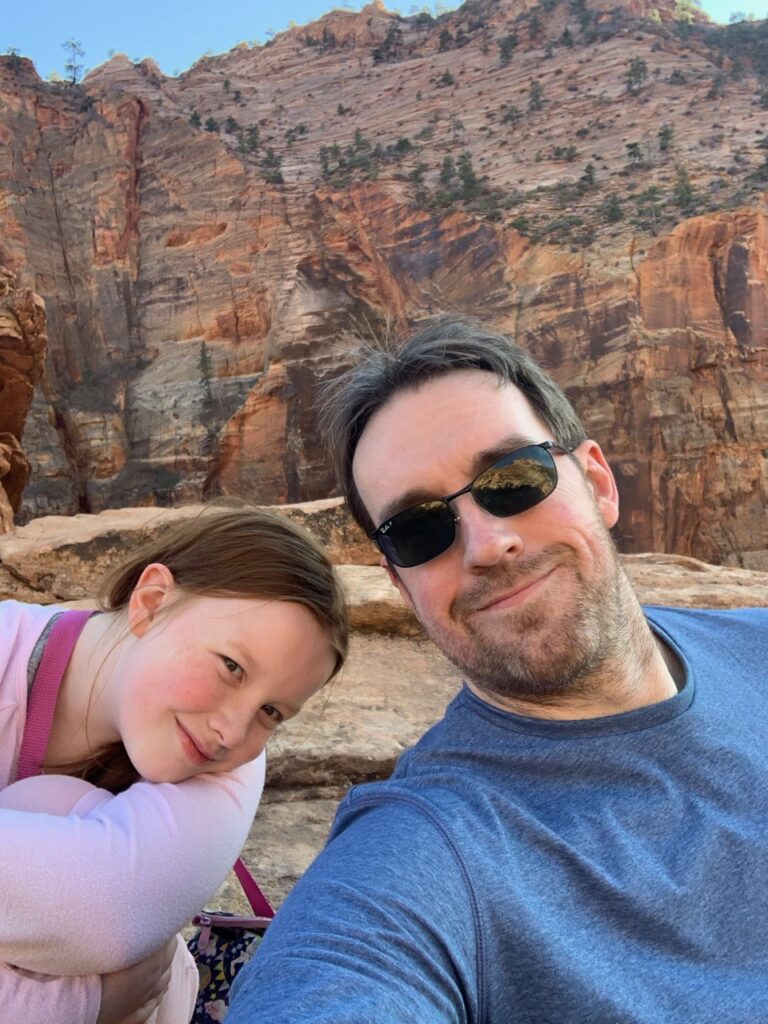
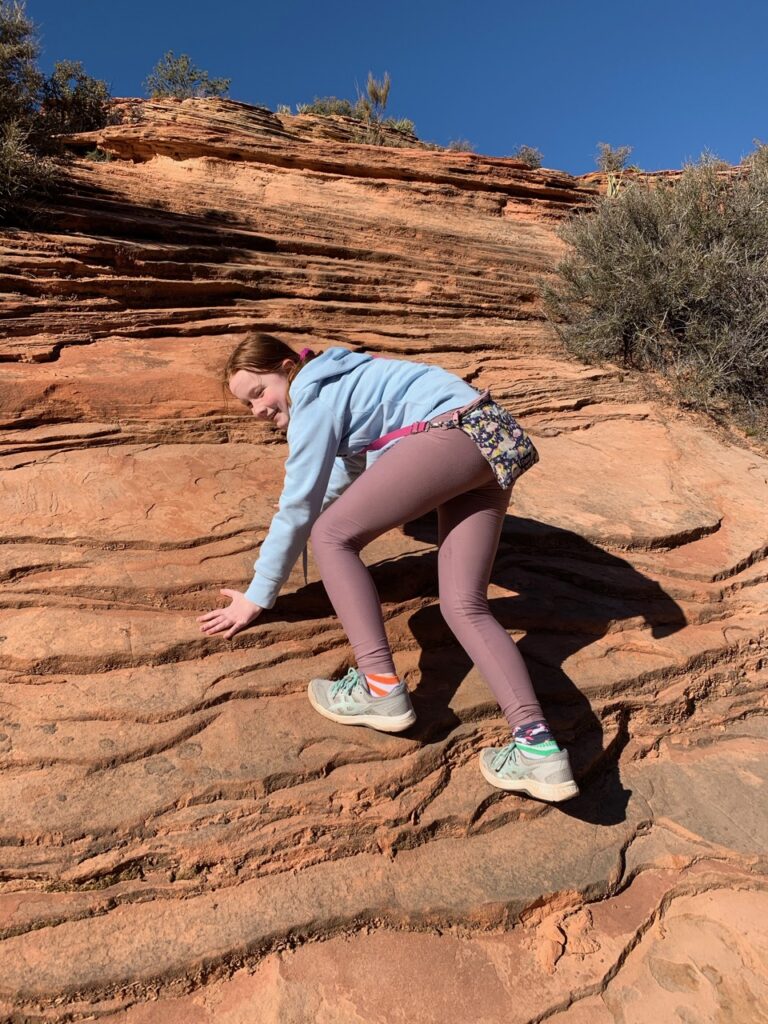
During our four-day stay, we immersed ourselves in both the canyon’s river areas and the higher elevations of the park’s eastern side. Despite not tackling the challenging Angels Landing or the Narrows, we ventured partway into the Narrows, intrigued by its beauty but limited by the cold winter waters and our gear.
Our exploration included numerous shorter hikes around the valley, particularly along the Virgin River, where the sheer cliffs create a dramatic backdrop. Notably, one of the park’s most iconic views, “The Watchman,” is easily accessible from a bridge just outside the valley.
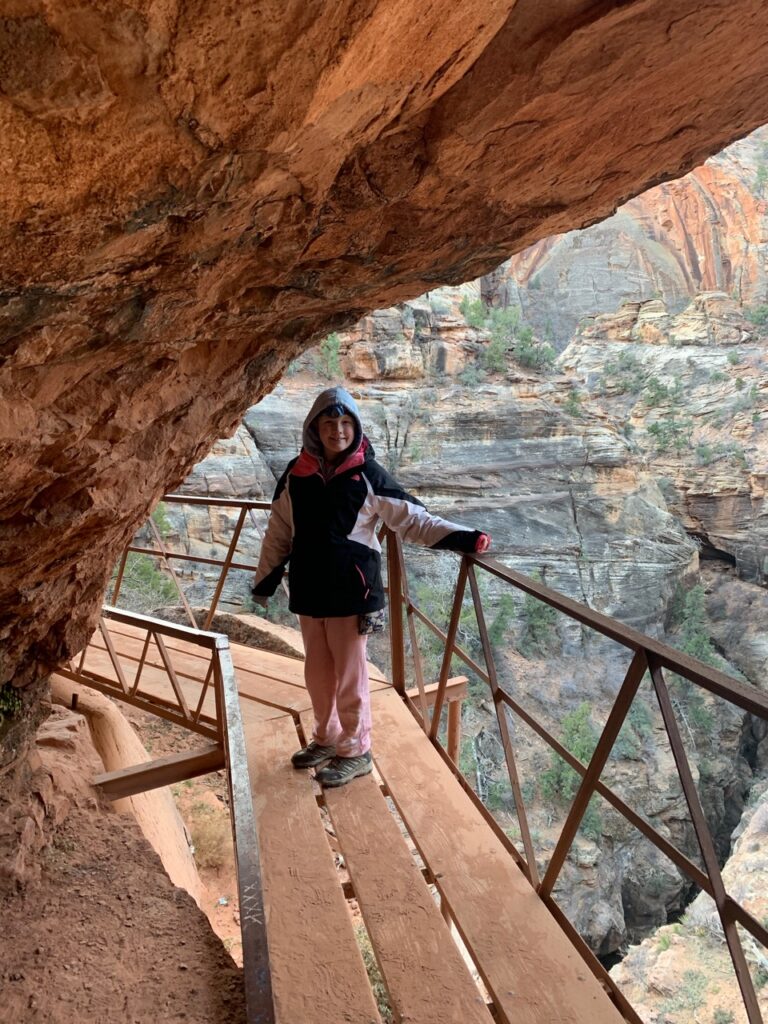
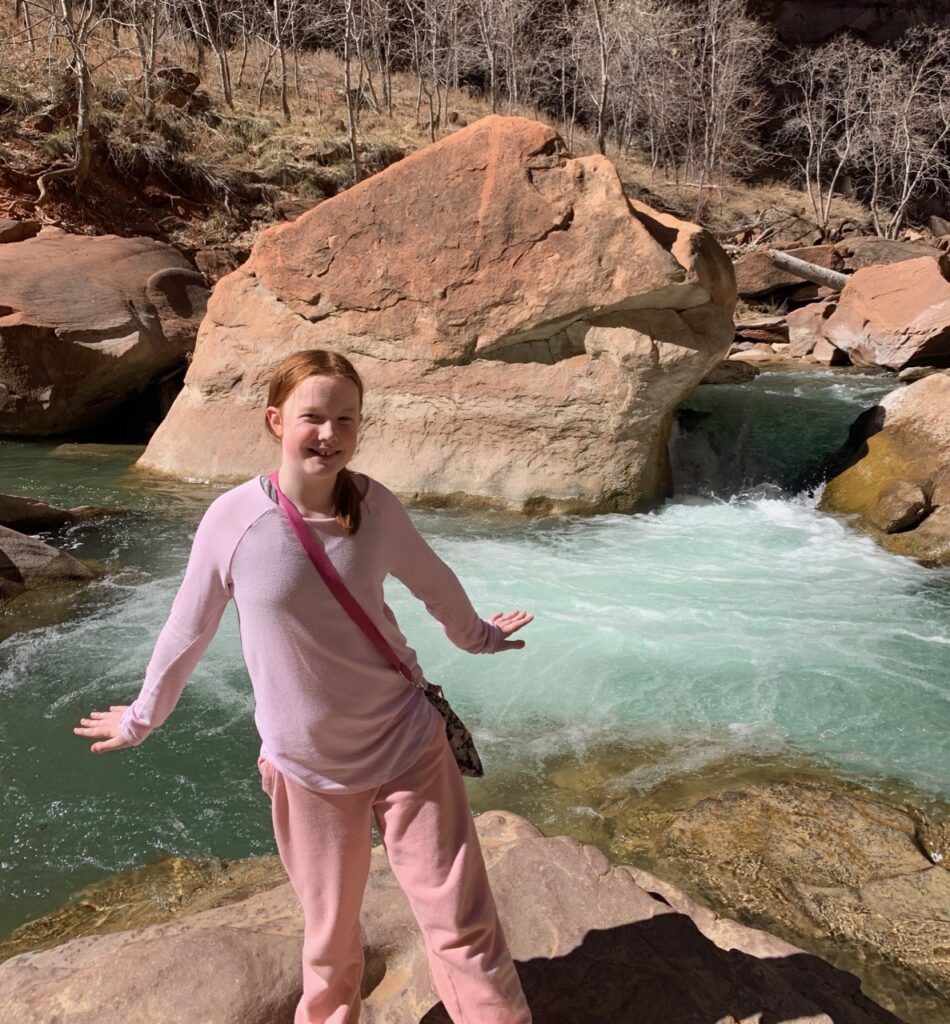
We also ventured east of the valley along Route 9, where numerous switchbacks offer stunning vistas. We hiked the Canyon Overlook Trail several times, including at both sunrise and sunset, navigating its narrow, exposed paths with our hefty camera gear. The view from the overlook was a rewarding climax to our adventures.
Our exploration of the east side extended along Pine Creek, discovering slot canyons and beautiful trails. We left Zion with fond memories and a keen anticipation for our return.
